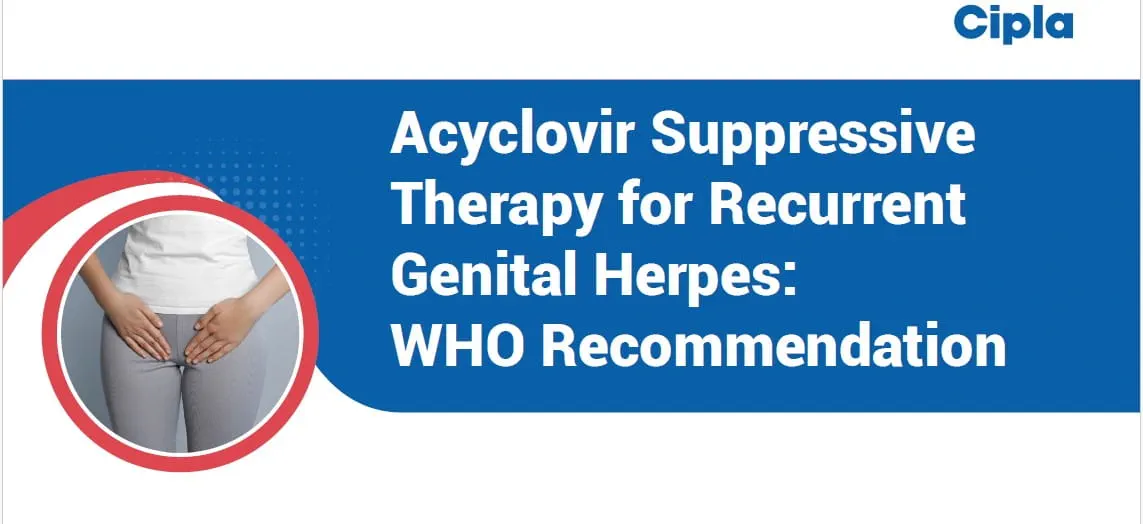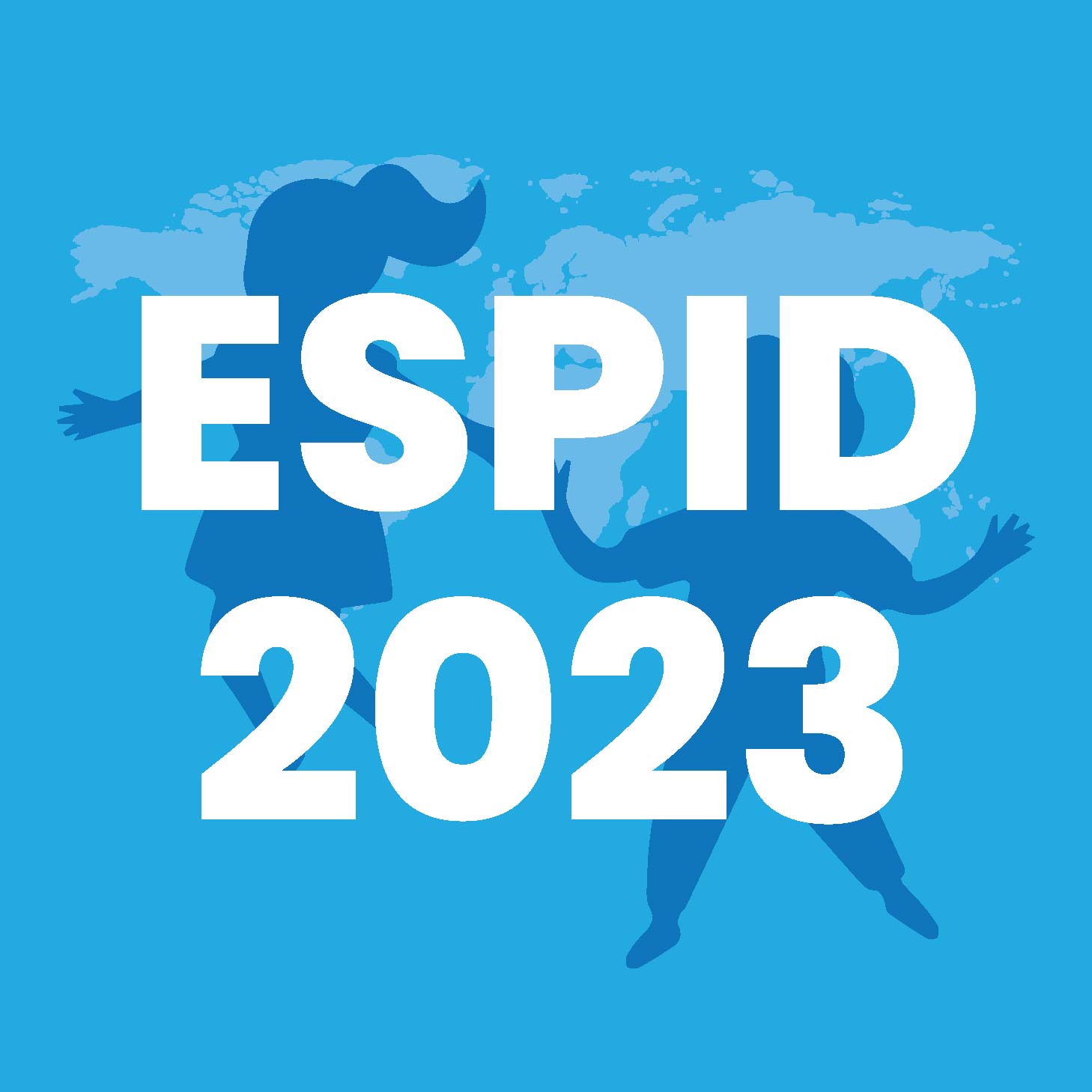EAACI 2024: JAK Inhibitors: The Real-World Data
Speaker: Marjolein de Bruin-Weller
In comparing clinical trials to real-world evidence (RWE), the notable distinctions are evident through illustrations: while randomized controlled trials (RCTs) exhibit uniformity, RWE displays heterogeneity due to the inclusion of patients with comorbidities, concurrent medications, and varying compliance levels. Unlike RCTs that typically use standardized clinical scores like those from the HOME initiative, RWE emphasizes a balance between effectiveness and safety over extended treatment durations. Challenges in RWE include the need for standardized outcome definitions, the variability in dosing regimens tailored to individual responses, and data transparency and methodology consistency issues. Prospective registries such as the Dutch BioDay registry in the Netherlands aim to enhance RWE quality by collecting extensive clinical and patient-reported data, including biobanking, thereby facilitating insights into long-term treatment outcomes such as those observed with Baricitinib in atopic dermatitis, despite challenges like washout periods and treatment discontinuations primarily due to inefficacy.
In this recent analysis, the authors employed absolute outcome measures indicative of mild disease: an EASI score lower than seven, a pruritus score of four or lower, or a DLQI score of five or lower. At the 16-week mark, approximately 30% of patients achieved the EASI outcome, 21% achieved the pruritus outcome, and 31% achieved the DLQI outcome, highlighting variable efficacy across the patient cohort. Despite this variability, patients who continued treatment expressed high satisfaction. To further personalize treatment strategies, the authors have initiated a collaborative effort across three registries—the German registry, BioDay, and the Scratch registry in Denmark—to identify predictors of response to Baricitinib. For Upadacitinib, they observed higher response rates, with over 70% achieving the EASI outcome, 70% the NRS score, and 50% the DLQI score. Adjustments in dosing flexibility during treatment revealed that patients who discontinued due to ineffectiveness were predominantly on higher initial doses. Adverse events primarily led to discontinuations among patients receiving the highest doses, with dose reduction strategies implemented accordingly. Half of the patients receiving Axitinib underwent prior washout. Despite initial attrition, favourable outcomes were observed, with over 80% achieving an EASI score of seven or lower and 60% and 55% reaching the NRS and DLQI endpoints, respectively. Notably, patients starting Abrocitinib, the latest entrant to the market, faced greater challenges, as most had already been exposed to prior treatments, including Dupilumab and other JAK inhibitors. Discontinuation reasons varied across treatments, with Baricitinib primarily discontinued due to ineffectiveness, Upadacitinib due to side effects, and Abrocitinib due to a mix of ineffectiveness and side effects. This investigation also focused on non-responsive patients to previous advanced systemic treatments, suggesting potential difficulties in achieving treatment response compared to treatment-naïve patients or those with other reasons for treatment cessation.
This analysis examines the treatment responses of patients who switched to different Janus kinase (JAK) inhibitors following inadequate response to Dupilumab (DUPI) or other JAK inhibitors (OOPA). For Baricitinib, both Dupilumab and Uparicitinib non-responders exhibited comparable efficacy in terms of Eczema Area and Severity Index (EASI) and pruritus scores at 16 weeks, suggesting potential efficacy in these patient subsets. Similarly, Uparicitinib demonstrated consistent responses in Dupilumab and Baricitinib non-responders, underscoring its effectiveness across prior treatments. Abrocitinib showed comparable efficacy in Dupilumab non-responders but trended towards slightly reduced efficacy in Uparicitinib non-responders, although statistical significance was limited due to the small sample size. Common side effects across treatments included nausea, headache, and weight gain, with varying prevalence rates among different JAK inhibitors. Laboratory abnormalities such as elevated creatine kinase (CK) levels were observed but generally manageable without treatment cessation. Infections, particularly herpes simplex and zoster, showed differing incidence rates among JAK inhibitors, while acne-form eruptions were more frequent with JAK1 inhibitors than with Baricitinib. Management strategies typically involve supportive care and close monitoring to mitigate these side effects while maintaining treatment continuity.
In managing infections associated with JAK inhibitor treatment, their approach involves temporary cessation therapy for patients with fever or systemic involvement. Specifically, for herpes zoster or recurrent herpes simplex cases, prophylactic valacyclovir may be initiated, and vaccination against herpes zoster is recommended. However, patients in our country are required to self-finance this immunization. Regarding laboratory abnormalities, we typically do not halt JAK inhibitor treatment solely due to lab findings; instead, dose adjustments may be considered based on clinical judgment. Looking at other registries, data from a French inflammatory skin diseases registry involving 88 patients treated with Baricitinib showed a comparable trend to our findings in the BioDay registry, with discontinuation primarily due to ineffectiveness rather than side effects. The clinical effectiveness observed, with nearly 70 per cent achieving an Eczema Area and Severity Index (EASI) score of 7 or lower after one year, reflects a positive selection bias where treatment continues in responders.
Conversely, for Uparicitinib, discrepancies exist in real-world evidence literature, as illustrated by a study from 15 Italian centres showing robust responses at weeks 32 and 48, particularly with the 30 mg dose. This study also reported low rates of acne folliculitis but noted adverse events, including cardiovascular complications, predominantly in older male patients. In Japan, a retrospective study highlighted variable response rates to Uparicitinib, with lower EC100% than the Italian cohort and an intriguing dose-response relationship favouring the lower dose for some efficacy measures. In comparison, the higher dose showed better IgA01 response rates.
The current real-world evidence on JAK inhibitors remains limited, particularly for newer agents like Abrocitinib and less commonly used ones like Baricitinib. The existing studies show varying outcomes and side effect profiles across different regions, complicating direct comparisons due to differences in study methodologies such as washout periods and handling of missing data. Despite these challenges, our BioDay registry in the Netherlands has contributed valuable insights, encompassing over 400 patients currently on JAK inhibitors, with expectations for more robust data in the coming years. From our observations, Uparicitinib and Abrocitinib exhibit higher effectiveness than Baricitinib, albeit with differing side effect profiles, where Baricitinib shows a slightly more favourable safety profile. Looking ahead, long-term effectiveness and safety data are crucial, necessitating standardized quality criteria for real-world evidence studies to facilitate meaningful comparisons and meta-analyses across registries.
European Academy of Allergy and Clinical Immunology (EAACI), 2024 31st May-3rd June, Valencia




